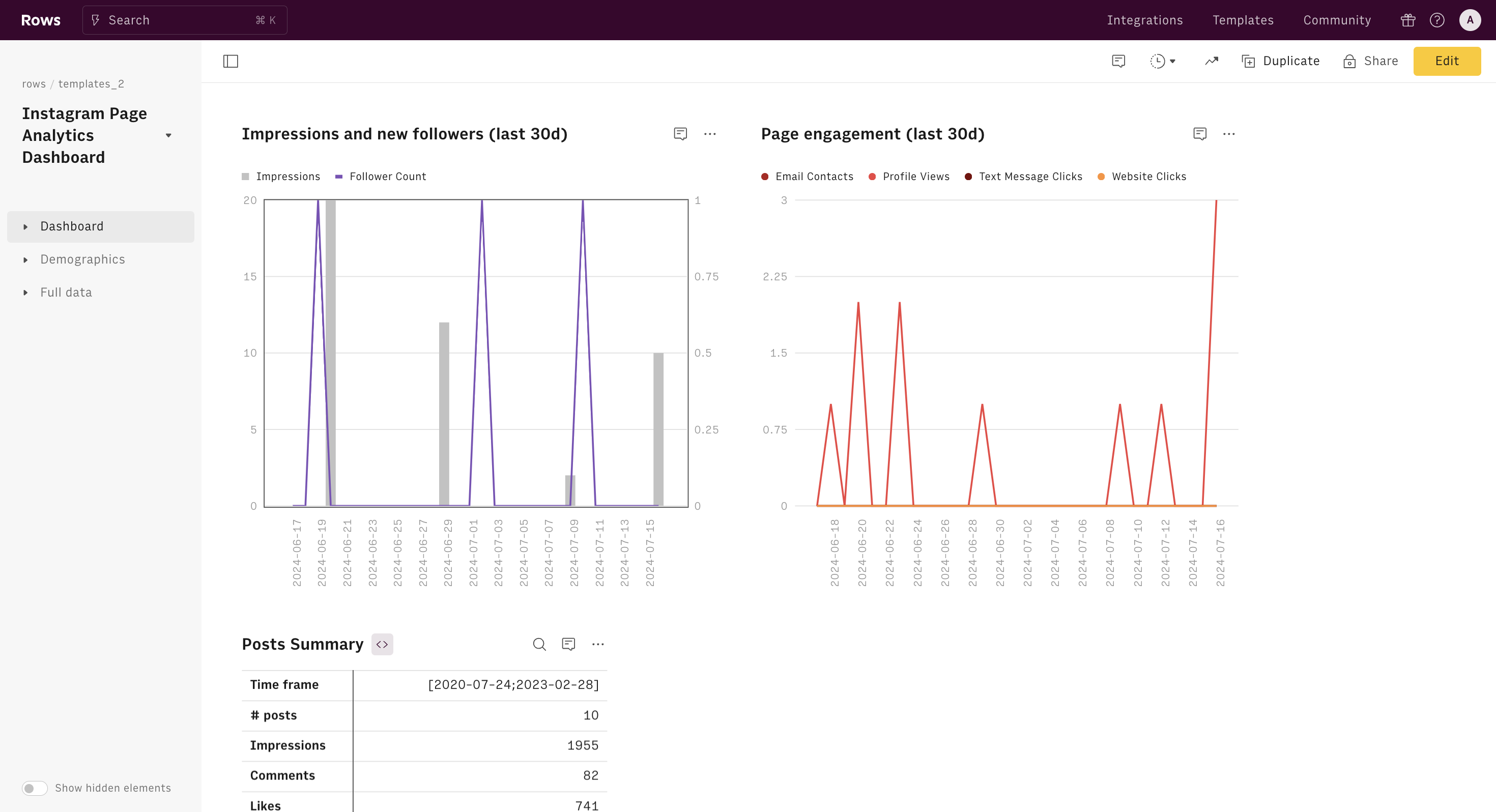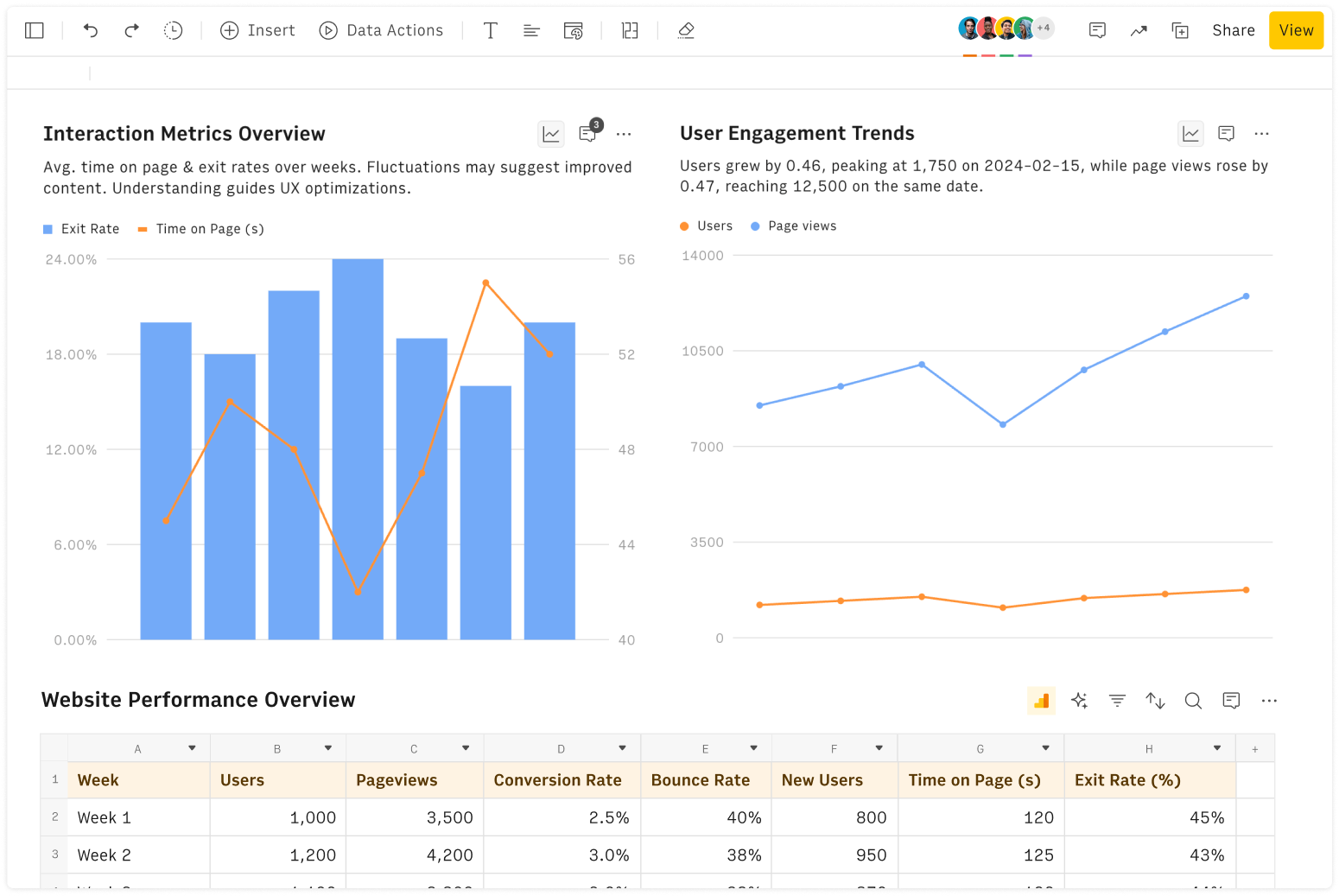What is ROAS
A Return on Ad Spend (ROAS) calculator is a tool used to measure the success of a marketing campaign or advertisement.
It is a measure of how much revenue a business has generated from the money they have spent on advertising.
The calculator compares the direct return on investment with the advertising expenditure (Ad spend). The components of a Return on Ad Spend (ROAS) calculator are the Ad spend and Ad revenue. Ad spend refers to the total money spent on advertising, while Ad revenue is the total money earned from an advertising campaign.
How to Calculate ROAS
To calculate the ROAS, you will need to divide the Ad revenue by the Ad spend. This will give you a number expressed as a percentage. For example, if a company spent $1,000 on an advertising campaign, and the Ad revenue from that campaign was $2,000, then the ROAS percentage would be 200%.
The formula for calculating the ROAS is:
ROAS (%) = Ad revenue / Ad spend x 100
The ROAS ($) is calculated by subtracting the Ad revenue from the Ad spend. For example, if the Ad spend is $1,000 and the Ad revenue is $2,000, the ROAS ($) is $1,000.
Is There a Difference Between ROAS and ROI?
ROAS and ROI are related but distinct metrics used to evaluate marketing performance.
ROAS measures the revenue generated per dollar spent on advertising, focusing purely on the immediate impact of ad spend without considering other costs. It’s useful for assessing the efficiency of advertising campaigns.
In contrast, ROI takes a broader view by considering all costs associated with producing and selling a product or service, not just the advertising spend. This includes costs like manufacturing, distribution, and overhead.
ROI thus provides a more comprehensive measure of profitability, whereas ROAS is specifically geared towards understanding how well advertising dollars are converting into revenue.
ROAS Benchmarks in the Internet Industry, by Type of Ad
According to Firstpagesage's report, you can consider the following as ROAS benchmark across different channels:
Paid Channels
PPC/SEM: The ROAS for Pay-Per-Click (PPC) or Search Engine Marketing (SEM) is approximately 1.55. This indicates that for every dollar spent on PPC, you can expect a return of $1.55.
LinkedIn Ads: LinkedIn Ads tend to have a ROAS of 2.30, making it a viable platform for B2B marketing strategies.
Facebook Ads: With a ROAS of 1.80, Facebook Ads are effective for targeting specific demographics and interests, although they may require refined targeting and creative optimization to maximize returns.
Online PR: Online Public Relations campaigns often achieve a ROAS of 1.60, focusing on brand reputation and awareness.
Influencer Marketing: This channel can yield a high ROAS of 3.45, especially when collaborating with influencers who have a strong connection with your target audience.
Organic Channels
SEO: Search Engine Optimization (SEO) is highly effective, boasting a ROAS of 9.10. This reflects the long-term value of organic search traffic.
Email Marketing: With a ROAS of 3.50, email marketing continues to be a strong channel for engaging with existing customers and driving repeat purchases.
LinkedIn Organic: Organic posts on LinkedIn can achieve a ROAS of 2.75, useful for building professional networks and establishing thought leadership.
Webinars: Webinars provide a substantial ROAS of 4.95, ideal for education-focused marketing and generating leads.
Factors that Impact ROAS
Several factors can influence ROAS, including:
Targeting Accuracy: The better your ads target the right audience, the higher your potential ROAS. Proper audience segmentation and targeting strategies can enhance ad relevance and engagement.
Ad Quality and Relevance: Compelling and relevant ads are more likely to convert viewers into customers. This includes strong visuals, clear messaging, and effective calls to action.
Budget Allocation: Optimal distribution of the ad spend across different channels and campaigns ensures that resources are used effectively and high-performing channels are prioritized.
Market Trends: Economic conditions and industry trends can affect consumer behavior and advertising effectiveness. Staying updated on market shifts can help in adapting strategies accordingly.
Competition: High competition in a sector may lower ROAS due to increased bidding prices and saturated markets. Competitive analysis and strategic differentiation can mitigate these effects.
How to Improve ROAS
Improving ROAS involves several strategic approaches.
Start by optimizing your ad targeting to ensure that your campaigns reach the most relevant audiences. This can be achieved by leveraging data analytics to understand customer behavior and preferences, allowing for more precise targeting and personalized ad content.
Additionally, improving the quality of your ads by using compelling visuals and clear, persuasive messaging can enhance engagement and conversion rates.
Another effective way to boost ROAS is by continually testing and refining your ad campaigns.
A/B testing different ad creatives, copy, and placements can provide insights into what resonates best with your audience. See how to calculate A/B testing significance.
Additionally, adjusting your bidding strategy to focus on high-performing keywords or placements can help maximize returns. Ensuring that your landing pages are optimized for conversions—featuring clear calls-to-action and streamlined navigation—can also significantly impact the effectiveness of your advertising efforts.







